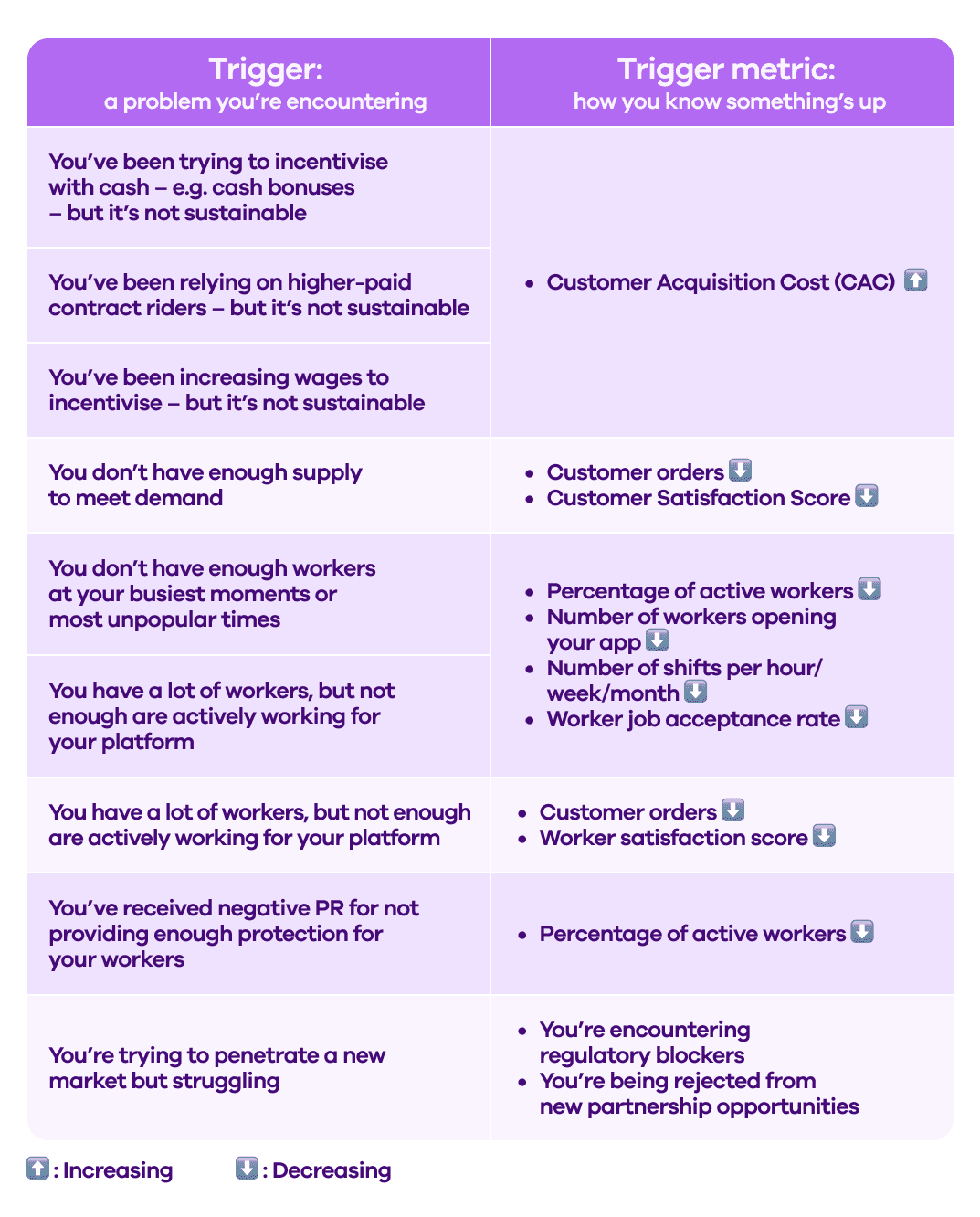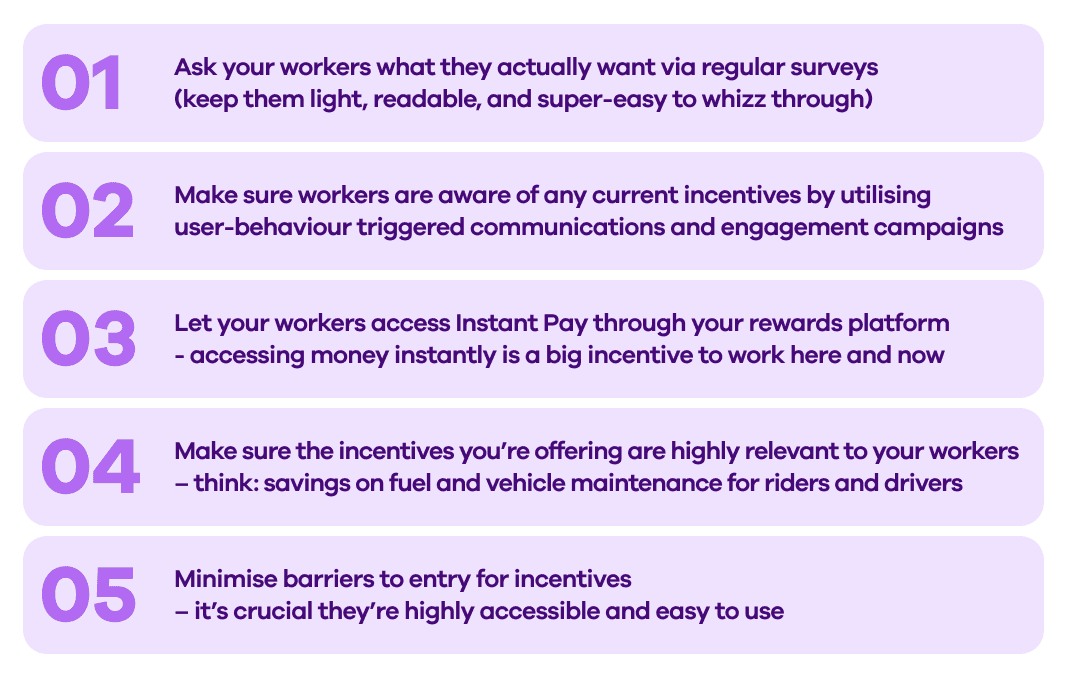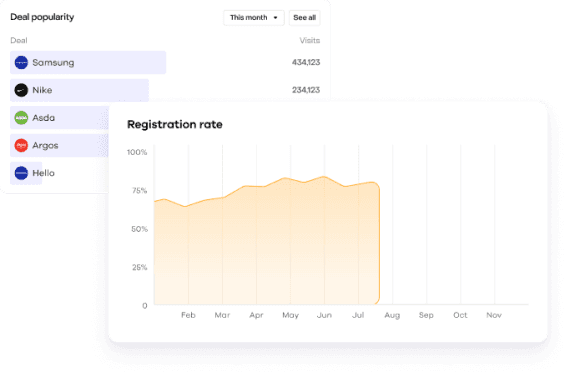
Things have changed around here
We've rebranded from Collective Benefits to Onsi. This content is from before our rebrand so you may see mention of our old name.
Every business with flexible workers will need to incentivise its workers to carry out certain actions at certain times. For example, those busy Saturday nights where you need more drivers or riders – but your workers don’t seem keen on picking up jobs.
Doing so - and making sure that your workers come back regularly - is key to fulfilling what’s required of your business. But it’s also not an easy time to get this right.
Why are businesses having to incentivise their workers?
Workers have more choice than ever, and many may pick up shifts through multiple businesses. And with the cost of living crisis creating new financial pressures, they’re likely to be swayed by companies offering the best compensation for a shift - or even considering a move into a more secure, better-paid industry.
This level of competition can cause businesses to resort to measures like cash incentives to incentivise their people. And why methods like this are effective, they’re not necessarily affordable long term.
How to measure worker incentivisation
Normally, a certain situation or problem - a ‘trigger’ - will cause a particular metric to move. For example, if you’ve been relying on cash bonuses to incentivise workers, you’ll find that your worker acquisition costs increase.
At Collective Benefits, we have a pretty deep understanding of these triggers, the metrics related to them - and when and how to incentivise your workers off the back of them.
Let’s break it down👇

Tip: Excuse the self-promo 😇 – but the above metrics are exactly what our products target here at Collective Benefits. We help businesses with flexible workers overcome common challenges like these☝️with solutions that incentivise in a really sustainable way for your business.
How to incentivise your workers - sustainably
In general, though – here are some ideas that can help you incentivise your workers in the long-term, without damaging your business’s bottom line:

That’s all for now! We hope this was helpful – head here to find out more about how Collective Benefits can help you optimise your workers’ potential, and respond to your trigger moments for a more efficient, sustainable business 💪




